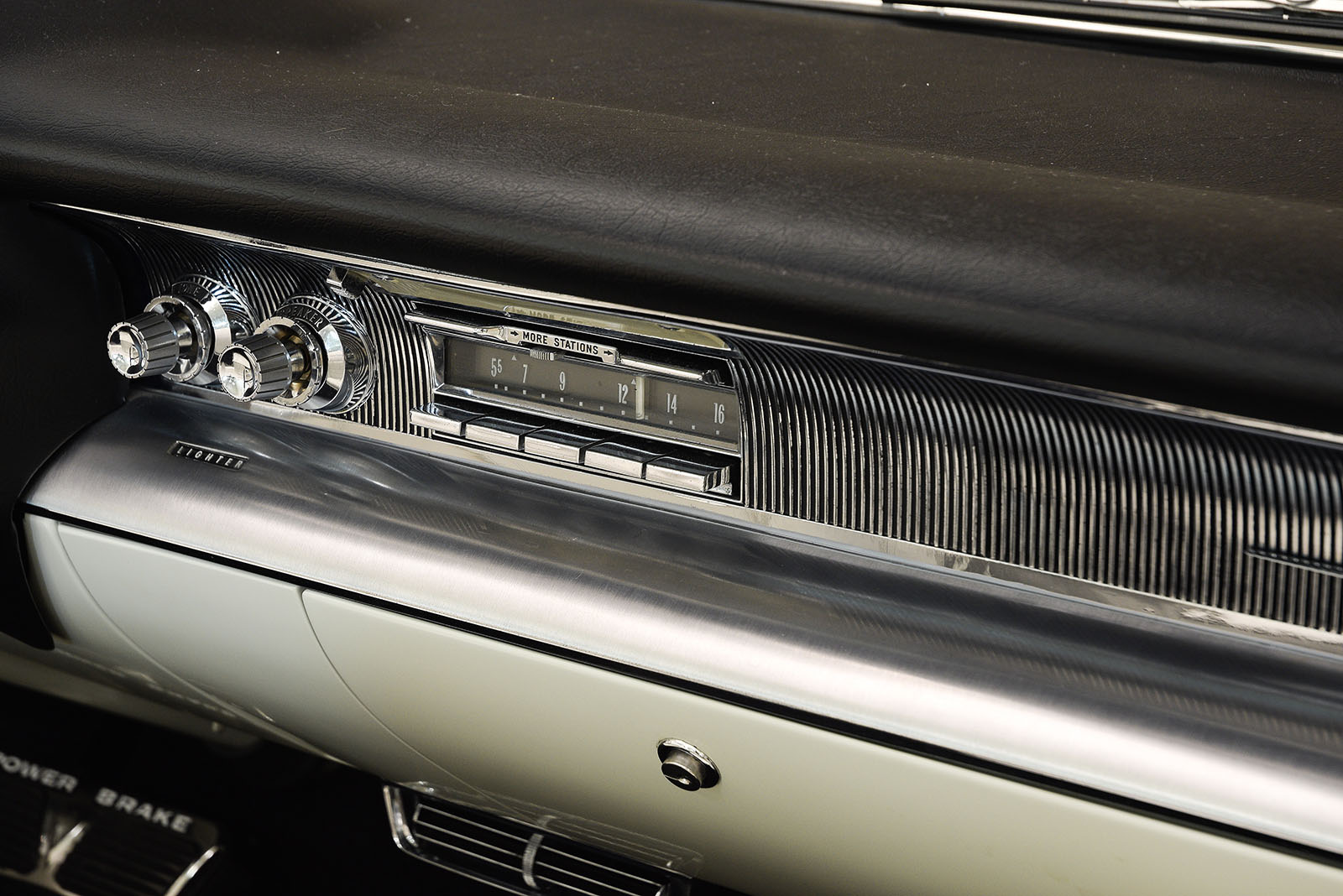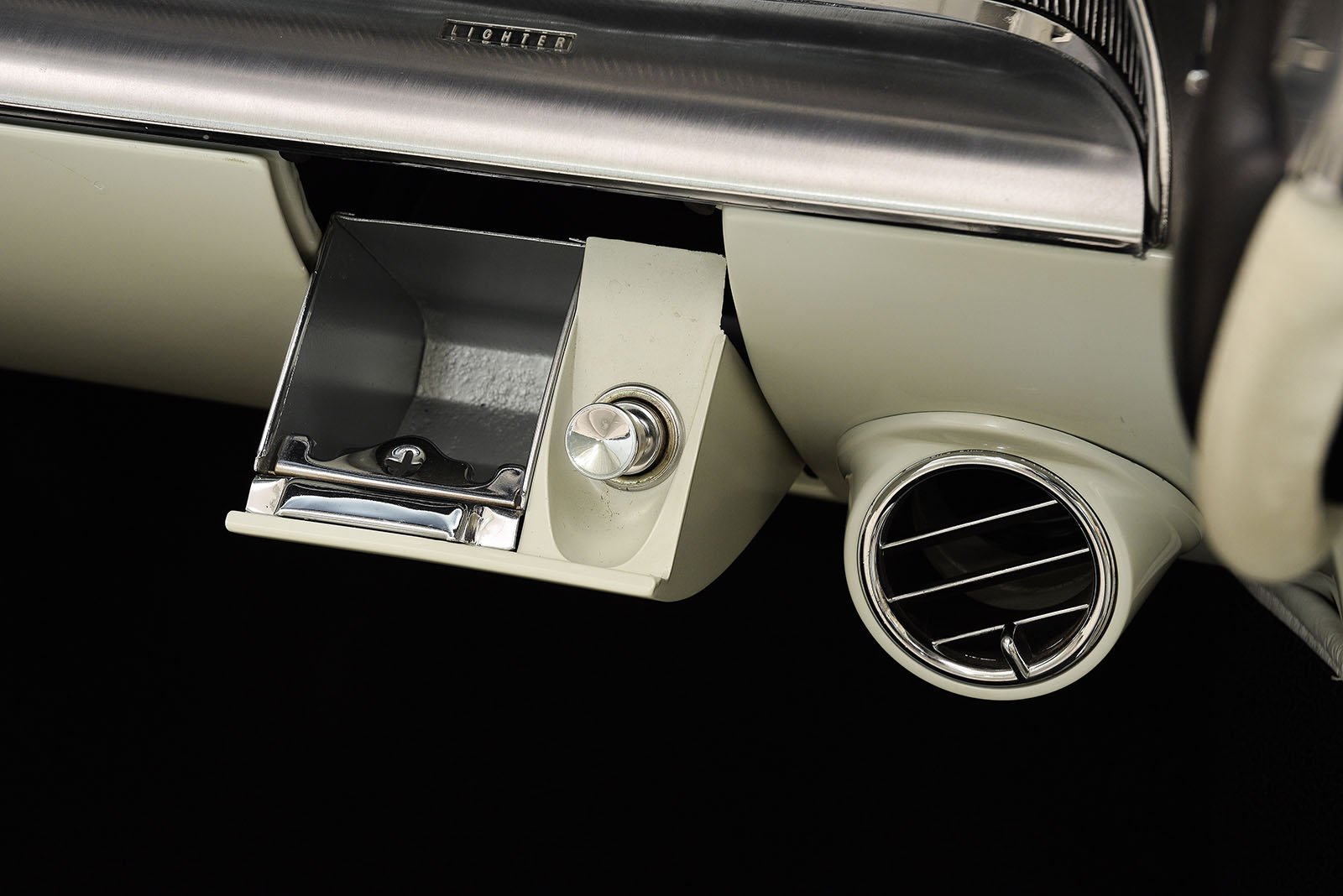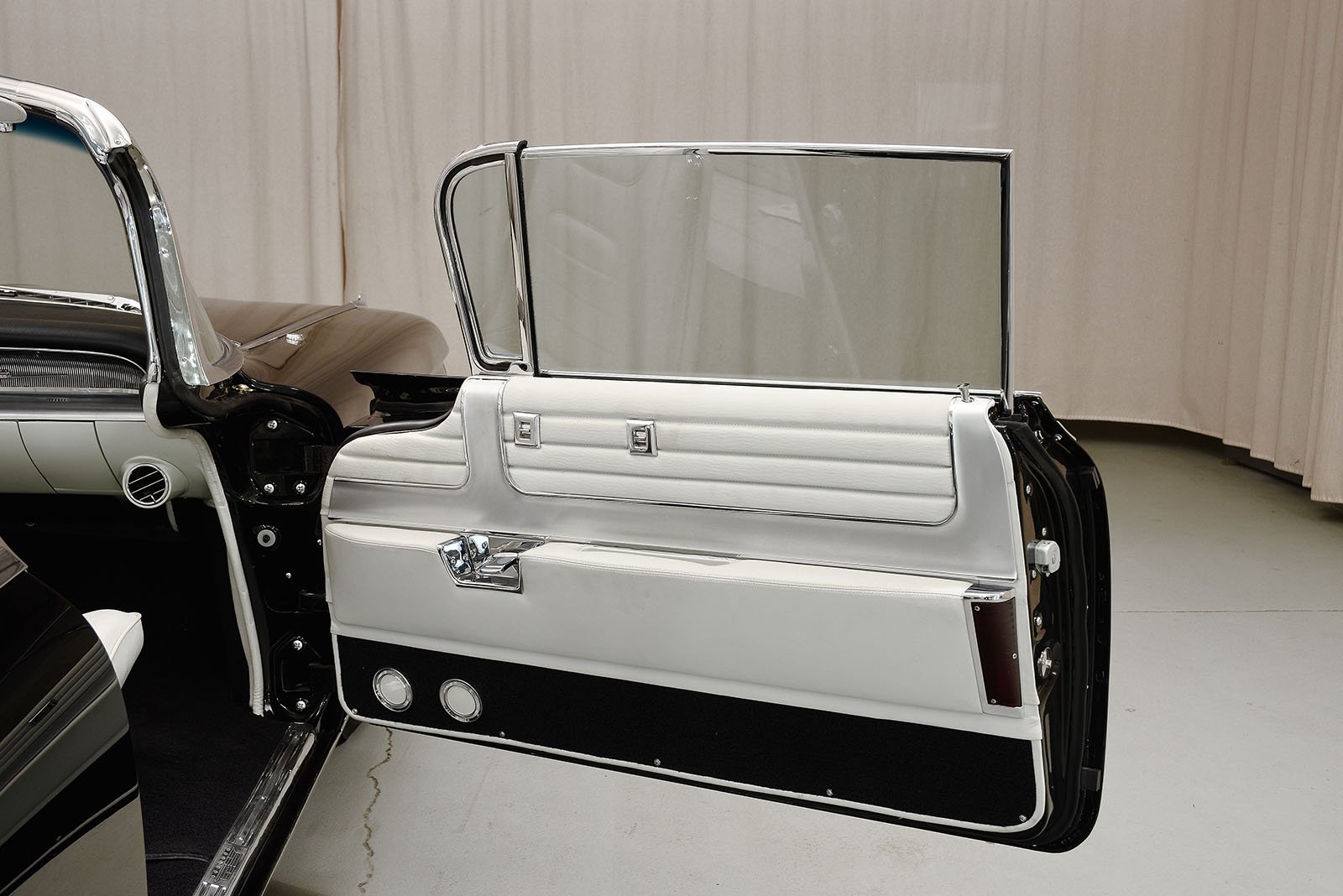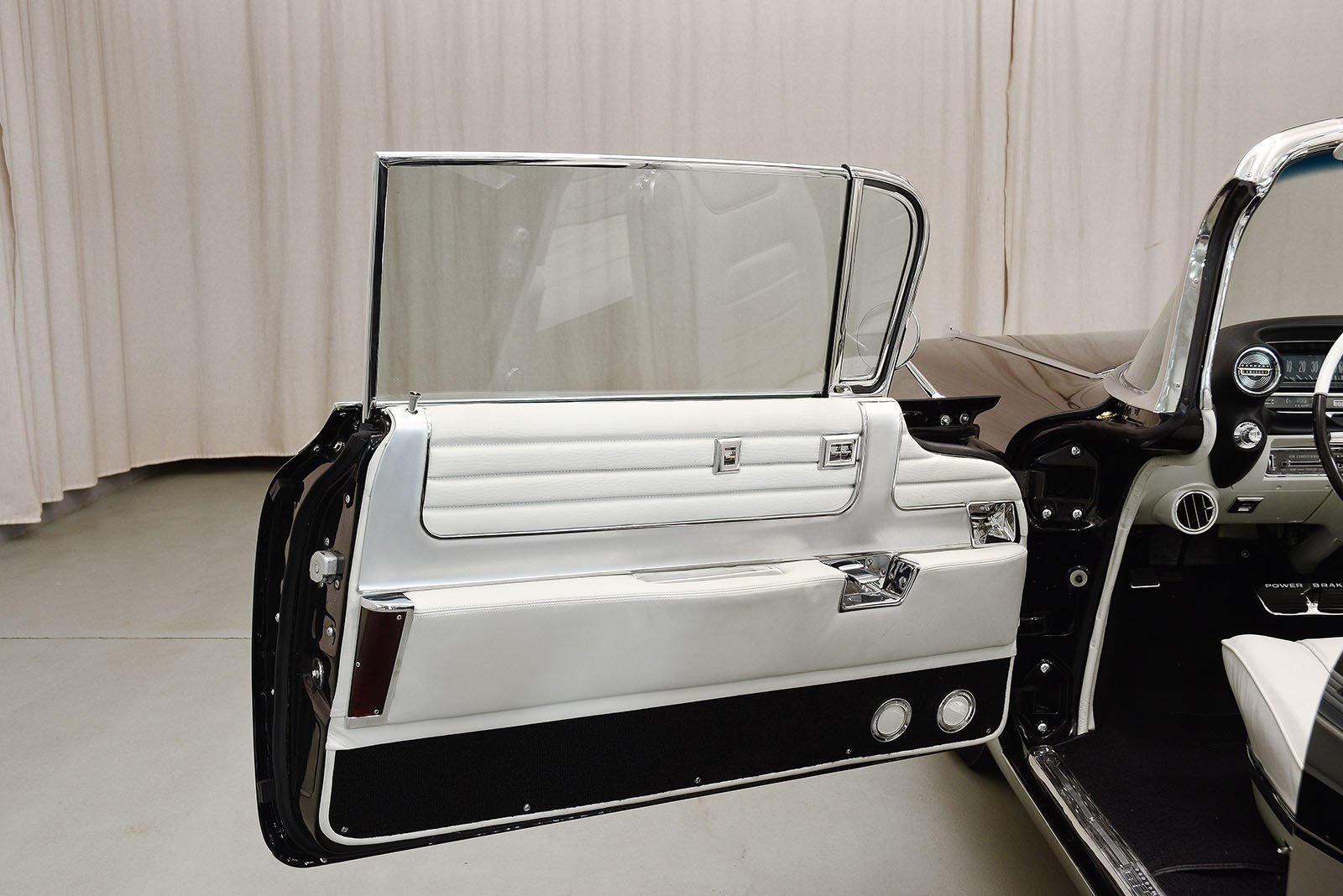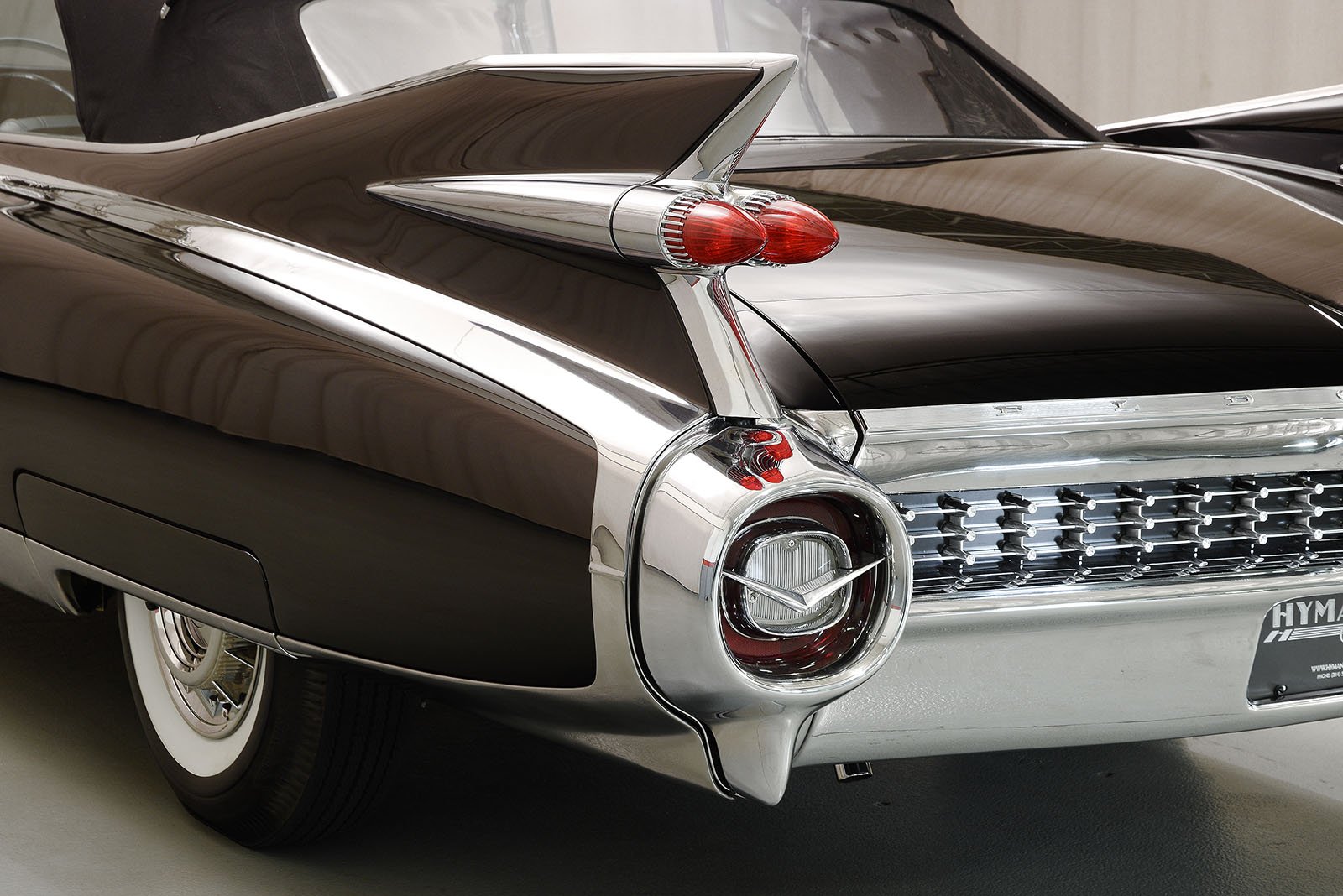
The Eldorado name first appeared in 1953 as part of a special program conceived by GM to produce top line, very limited production convertibles meant to highlight their design superiority. Three cars that were born of this program: The Oldsmobile 98 Fiesta, Buick Roadmaster Skylark and the Cadillac Eldorado. All three carried special bodywork and a wide array of equipment and options.

Of course, the Cadillac was far and away the most expensive of the three and GM was aiming at the likes of Rolls Royce and Mercedes for their competition. In its original guise, the Cadillac Eldorado cost nearly twice as much as a fully equipped Series 62, demonstrating just how special the “Eldo” was when compared with its stablemates.
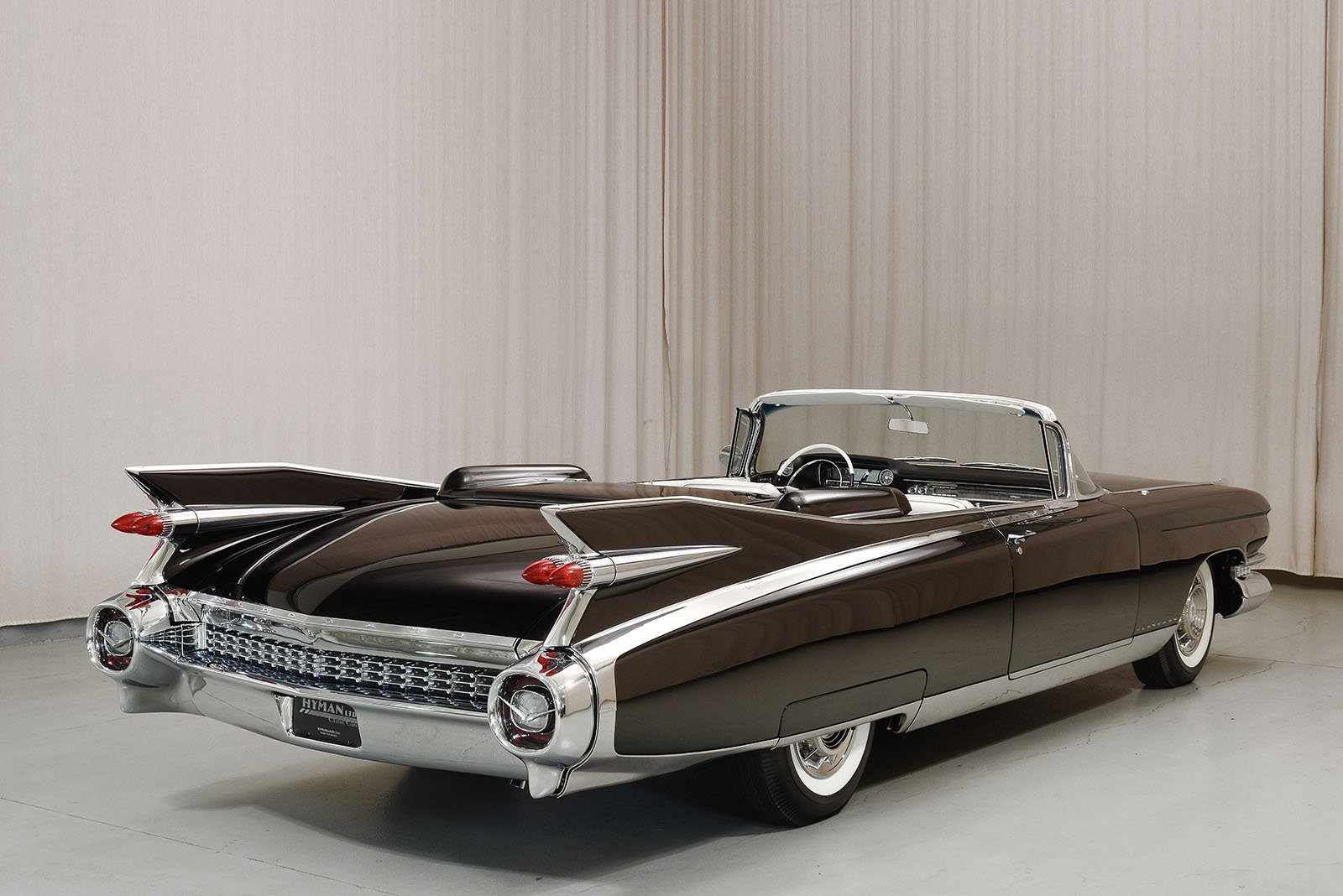
As the 1950’s wore on, GM’s styling department grew more and more flamboyant. Cadillacs gained tremendous fins and massive swathes of chrome and stainless trim. The pinnacle of this trend, and perhaps the most iconic of all 1950’s American cars, is the 1959 Eldorado. Under the auspices of Cadillac’s design director Chuck Jordan and GM’s design chief, Harley Earl, the 1959 Cadillac Eldorado Biarritz Convertible became a symbol of 1950’s excess.
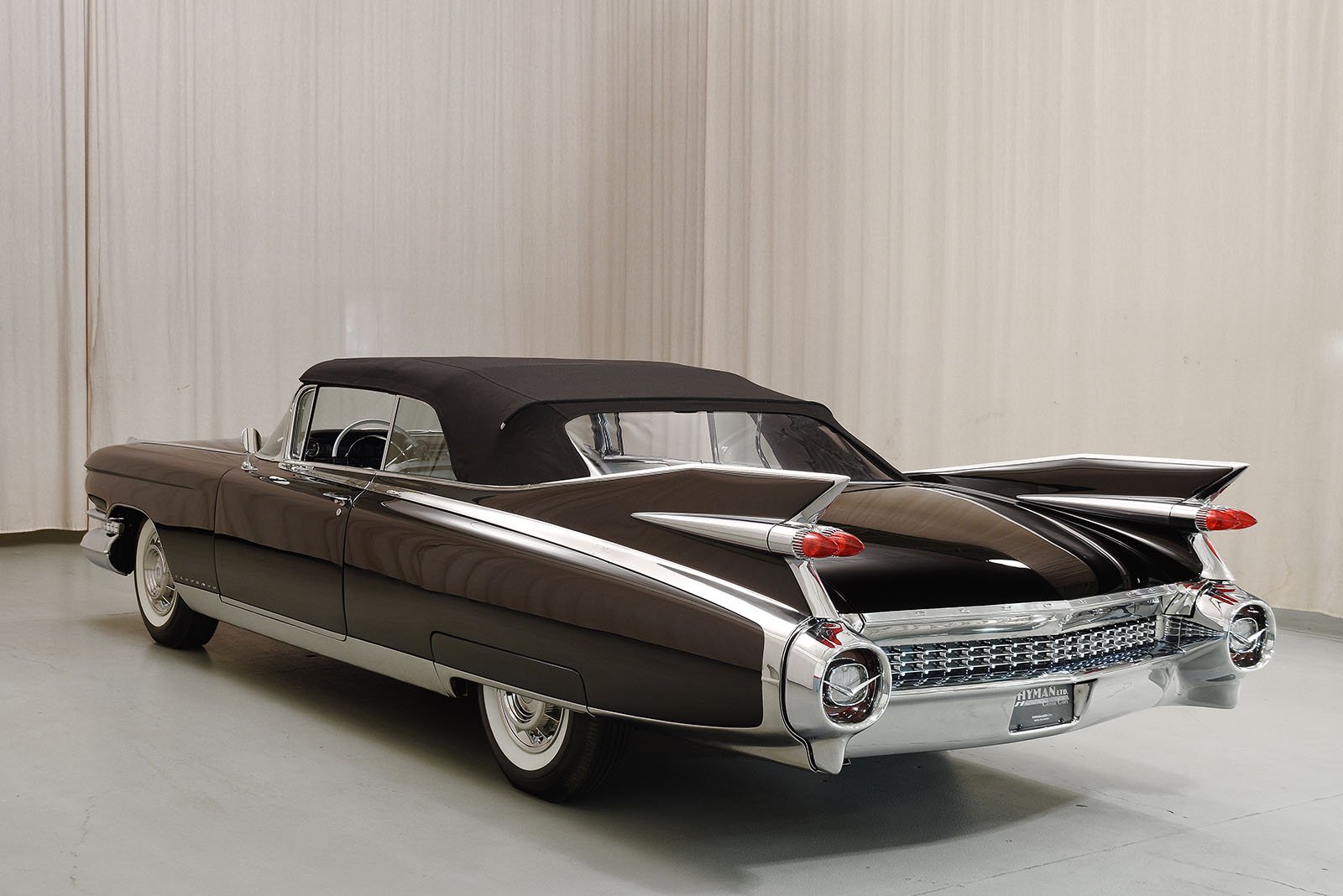
While some may have criticized it in its day for being too outlandish, time has revealed it as a tremendously successful design –flashy yet elegant, sweeping yet finely detailed, and all done on a massive scale, at over 18 feet long. This is a car quite unlike any other. Of course it was also massively expensive, and while over 138,000 Cadillacs were built in ’59, a mere 1,320 of those were Eldorado Biarritz.

Rarity, history and style are all part of the Eldorado experience, but sometimes a car comes into our possession that is of such exquisite quality that it stands head and shoulders above the rest. Our featured example is just one of those cars. This 1959 Biarritz convertible is quite simply one of the finest and most stunning examples extant.

Given the complexity of the Eldorado, few have been treated to such a lavish, concours quality restoration as this. It is finished in its original shade of Ebony Black (code 10) with a white leather interior (code 10B) and black convertible top. The paintwork is impeccable, unmarked and virtually flawless. Bodywork is laser straight and panel fit exemplary. Every piece of chrome and stainless trim has been polished or plated to concours standards, including the complex, Eldorado-only wheel covers and expertly fitted. The restoration process took a full seven years to complete, with every nut, bolt, screw, and piece of trim being correctly plated and/or polished to better-than-new standards.

The lavishly appointed cabin is of course as fine as the exterior. Original and highly desirable bucket seats are upholstered in beautiful white leather, courtesy of Jenkins Leather of North Carolina. The chrome interior fittings are as meticulously restored as the exterior trim. The only concession to modernity made was the fitment of a black Haartz canvas top in lieu of the original white vinyl top. It is an acceptable compromise as it is highly attractive and more durable than the original. This example also features a Wonderbar radio, heater and air conditioning, all of which function as they should.

As is to be expected, the engine bay and undercarriage are as gorgeous as the rest of the car. The 390 Cubic Inch V8 carries the factory correct and very desirable Tri-Power carburetor setup, which produces a very healthy 345 horsepower, enough to give this massive Cadillac surprisingly good performance. The engine is correctly painted in dark Cadillac engine blue, to concours quality. Every fitting and piece of hardware has been cad plated, anodized or painted as per factory original. Under hood and chassis detailing is peerless, as one would expect from a 7-year restoration.

Incredibly, after all of that intensive restoration work, just 22 miles have been put on this car since its completion. It is absolutely fresh, and absolutely superb. Surely this is one of the finest of its kind, an opportunity that cannot be repeated.
